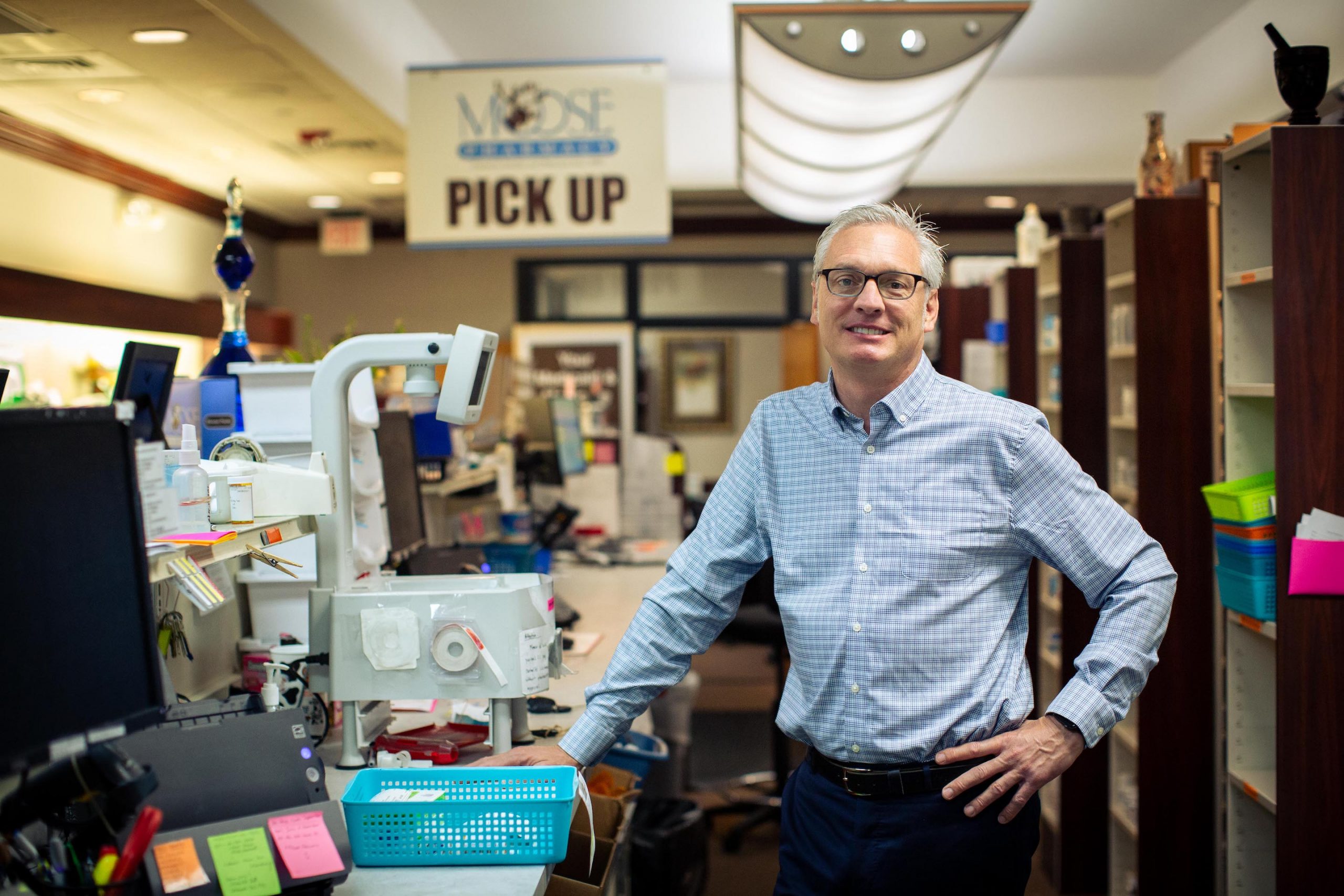
Retail Pharmacy is different from Community Pharmacy as it sells medicines and other drugs to patients with or without prescriptions. It also provides healthcare advice to its customers. The retail pharmacy computer systems also help you store the patient’s data for future use. It enables the pharmacist to maintain all the computer’s expenses and patients’ information. The pharmacist will be able to tell the medicine used to the patient.
Computer Use In Retail Pharmacy
- It keeps the record of the patient. Some patients visit the store for the same medication. They can call the medical store and ask them to repeat the remedy.
- It records all day-to-day transactions to know how much they earn in a day. It’s an important step that every store must follow.
- It prints the receipt and payment details.
- It keeps the record of all the medicines in the store and how much has been used.
- It provides the estimation of profit and loss in the business.
- It helps to get complete information about the drug. If the pharmacist gets confused, he can use the computer to get the medicine.
- The system is well updated with the addition and removal of the stock.
How To Maintain Sale Of Medicines
- Payment Option: Some payment options include cash, credit or debit card, gift card, etc.
- Barcode Scanning: Some prescriptions have a scanning system to create a record of new patients.
- Inventory: The stock of medicines should be regularly checked to prevent them from running low.
Many computer systems have been used for the retail pharmacy, and they all perform the same activities to keep the pharmacist updated. Pharmacy management software ensures that the medicines are stocked and refills the system in an emergency. The system also gives reminders to the patient to help them remember about the medication they must take. The pharmacist will tell the patient about the side effects of the medicines they are taking and help them take the best medicine. With the help of the retail pharmacy computer systems, the pharmacist can focus more on patient care and less on paperwork.



